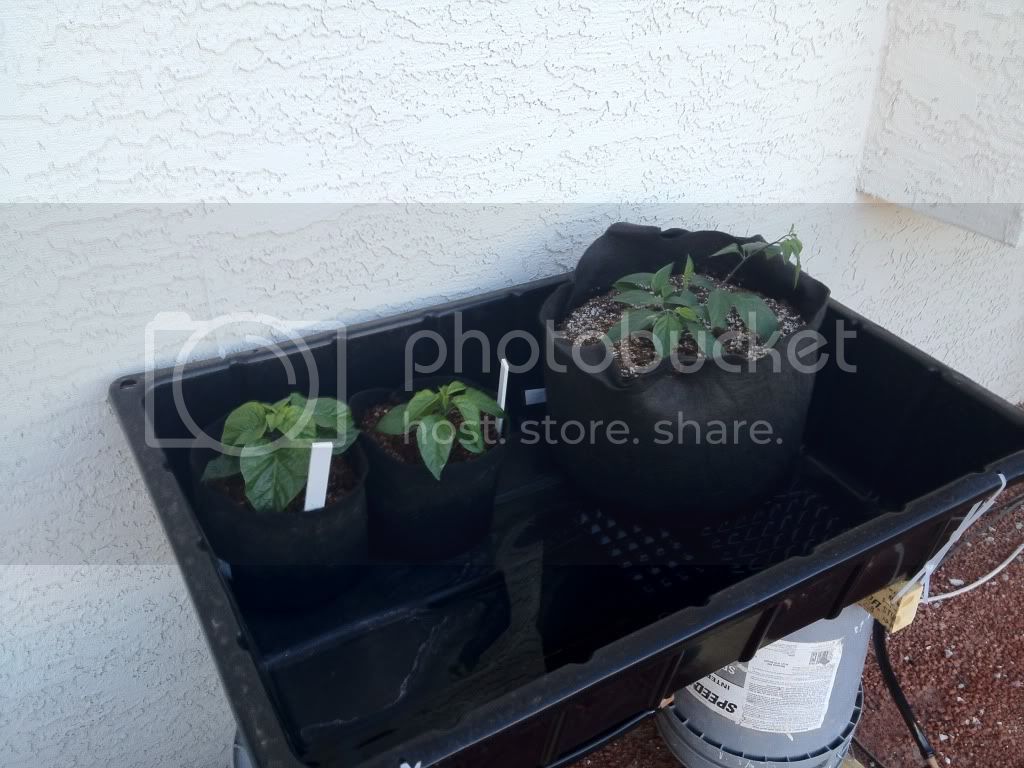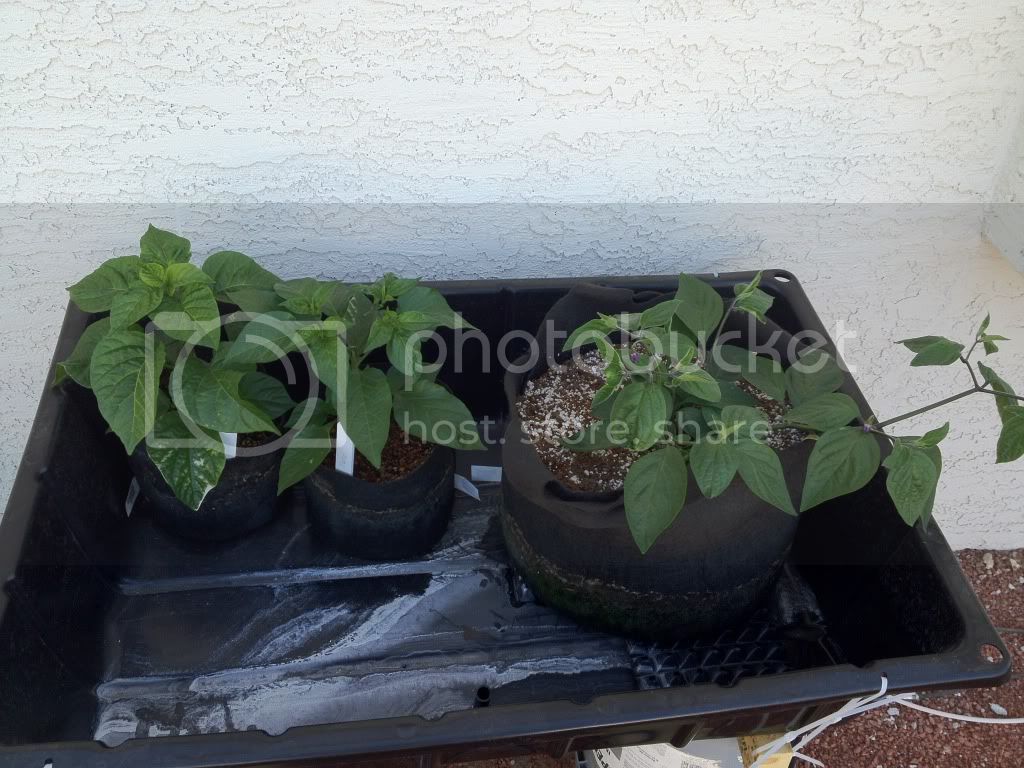You can build a suitable flood and drain hydroponics system (Flood Table) with just a few parts.

Materials:
Rubbermaid style table (cart w/wheels) approximately 2ft x 3ft, 4 inches deep (used $50)
Rubbermaid style tote with lid $10
Small submersible pump $12
Flood and drain fittings $10
Fabric aeration pots $10
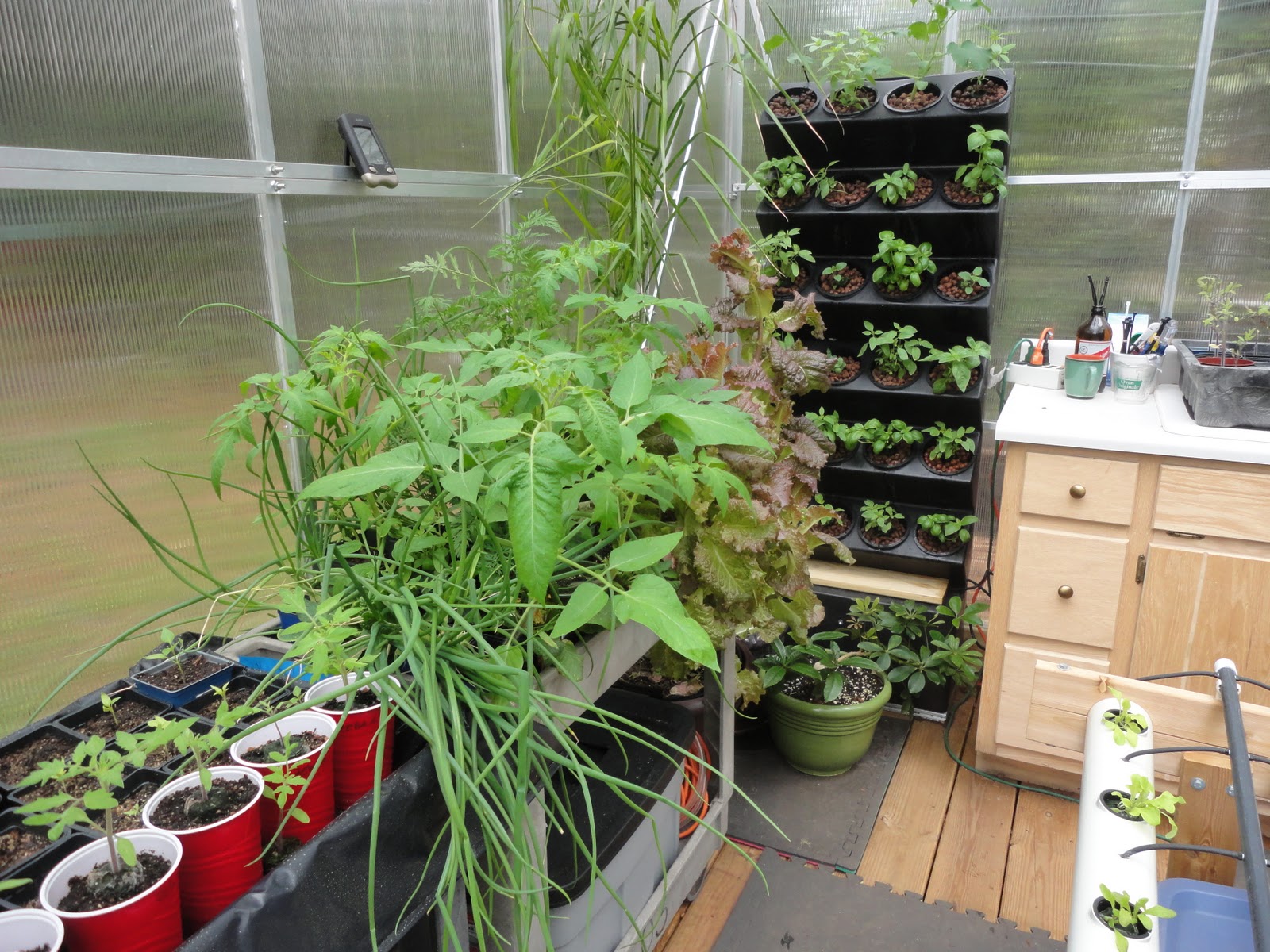
You can Grow a variety of plants using this method.
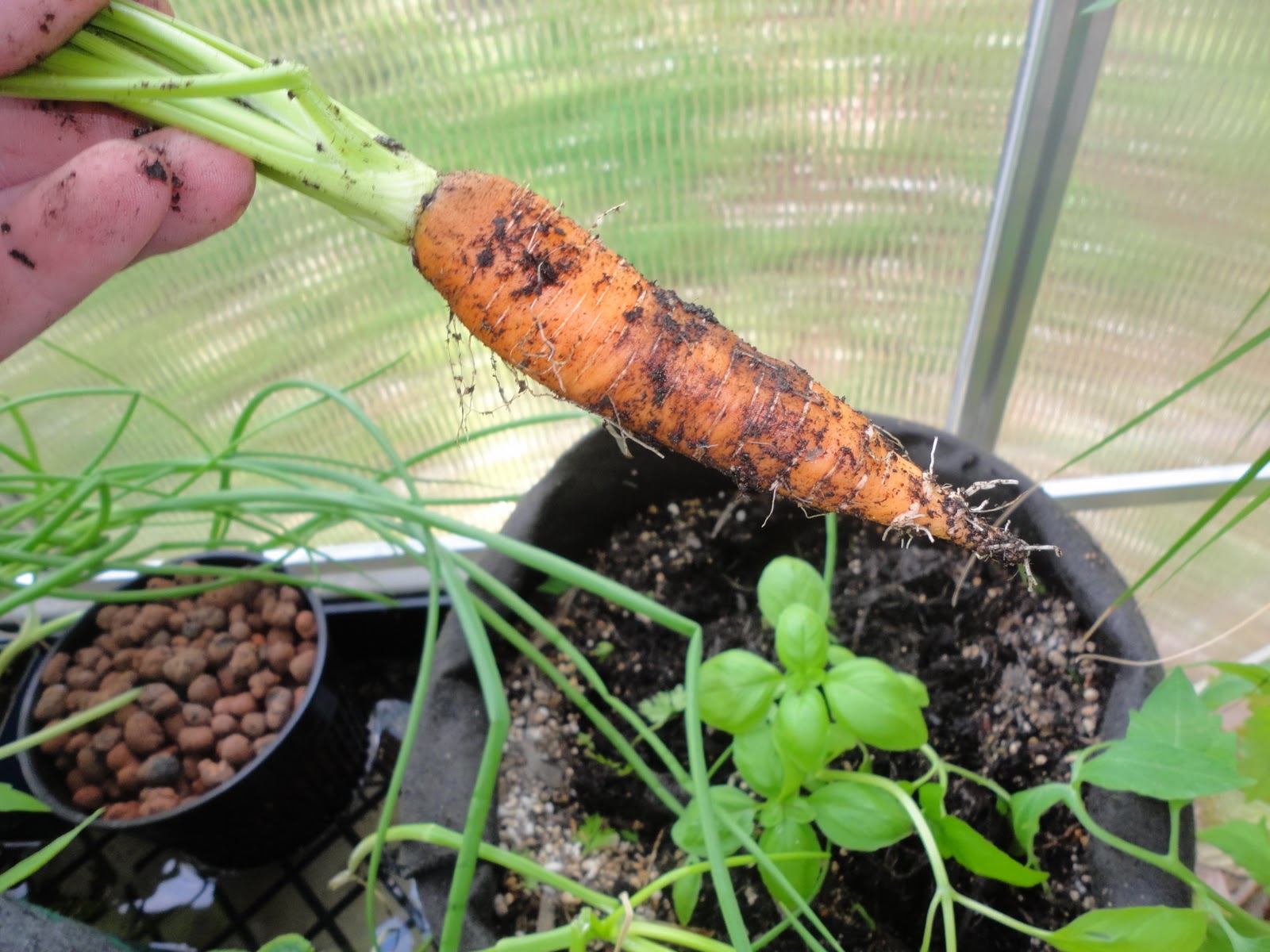
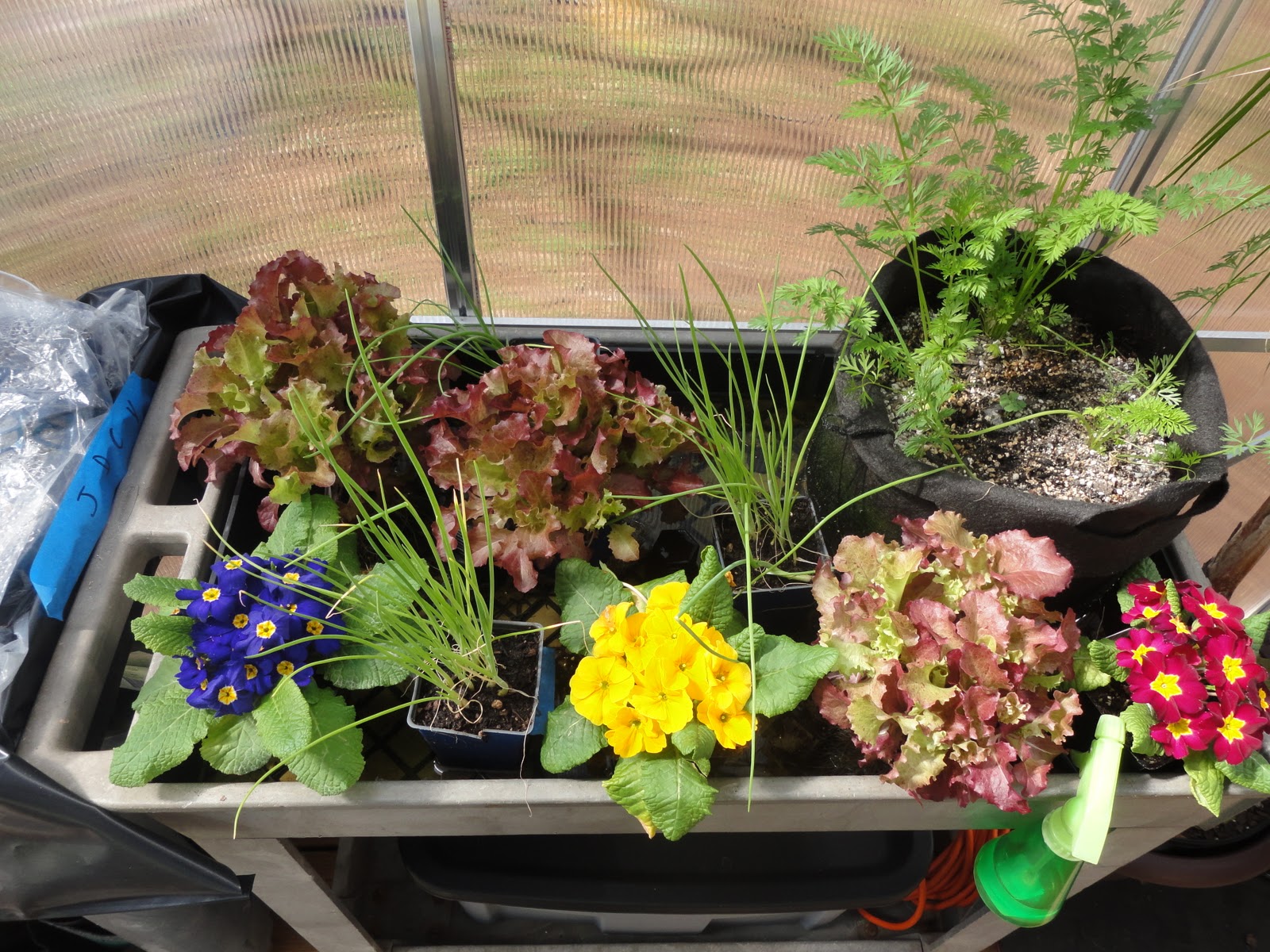
Flood and drain fittings consist of:
2 1/2" fill and drain fitting
1 1/2" extension fitting
2 1/2" screen fitting
2 1/2" fitting washer
4 zip ties
12 feet of black 1/2" tubing
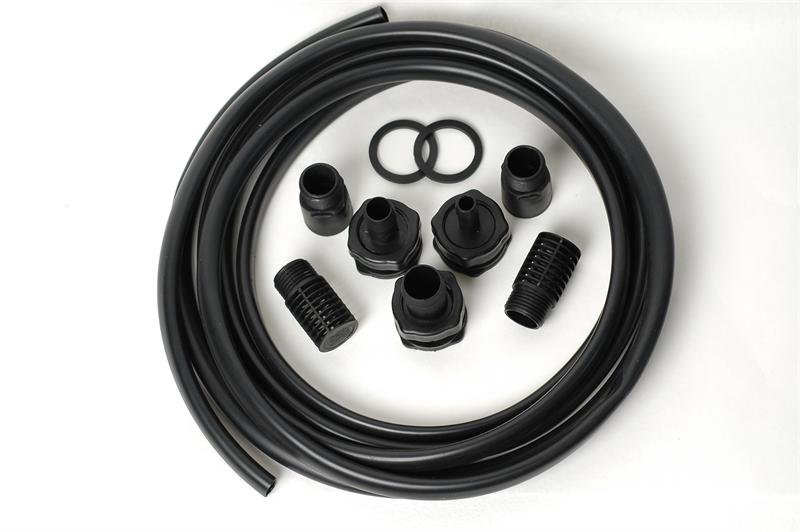
Center the 1/2 inch fill fitting with screen, drill and install with washer. Add the 1/2 inch drain fitting (off center) with washer,extension fitting and screen fitting. We added a grid (made from trimmed flats) to the surface of the table to catch any sediment and slightly raise the fabric pots.
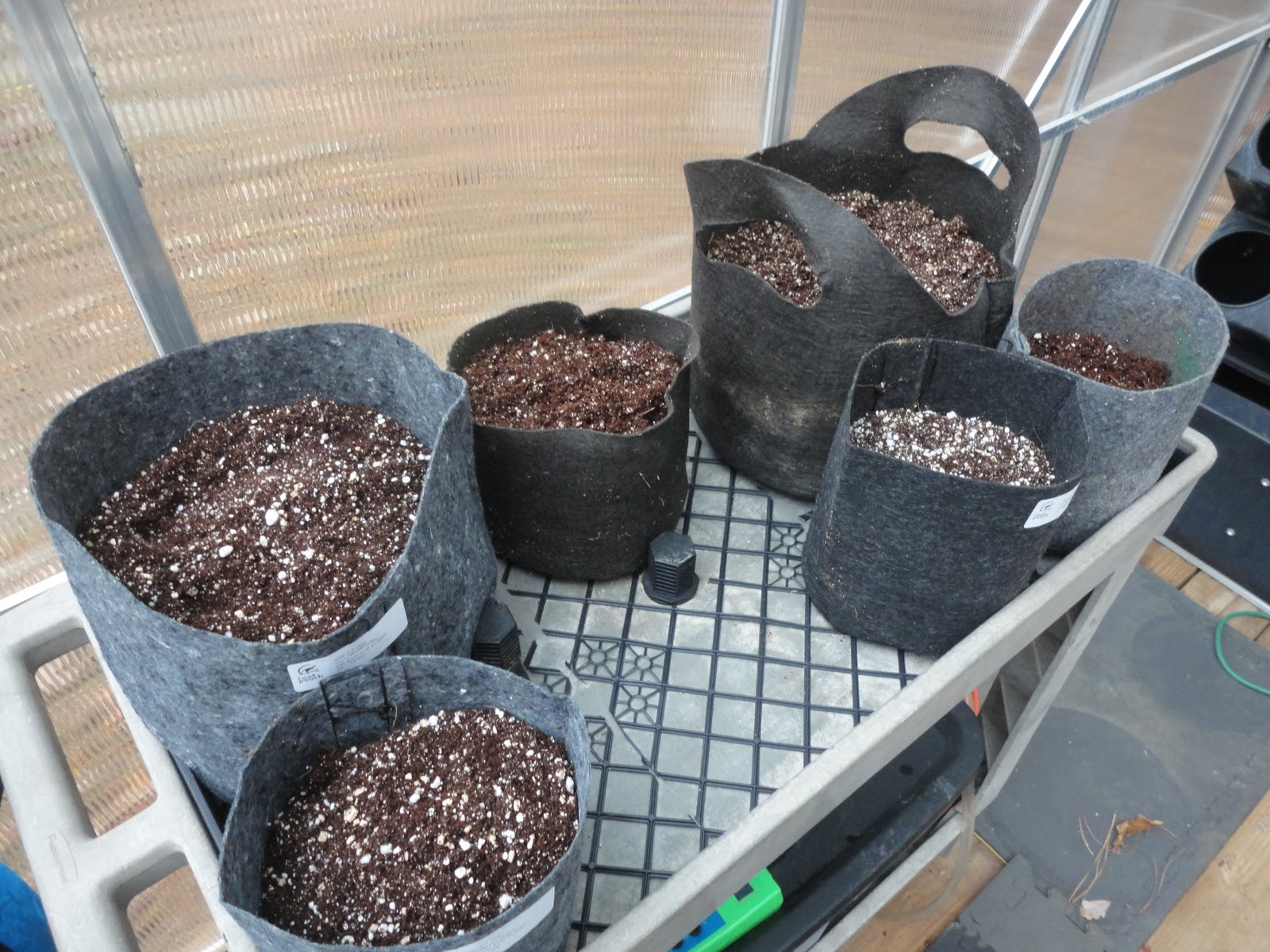
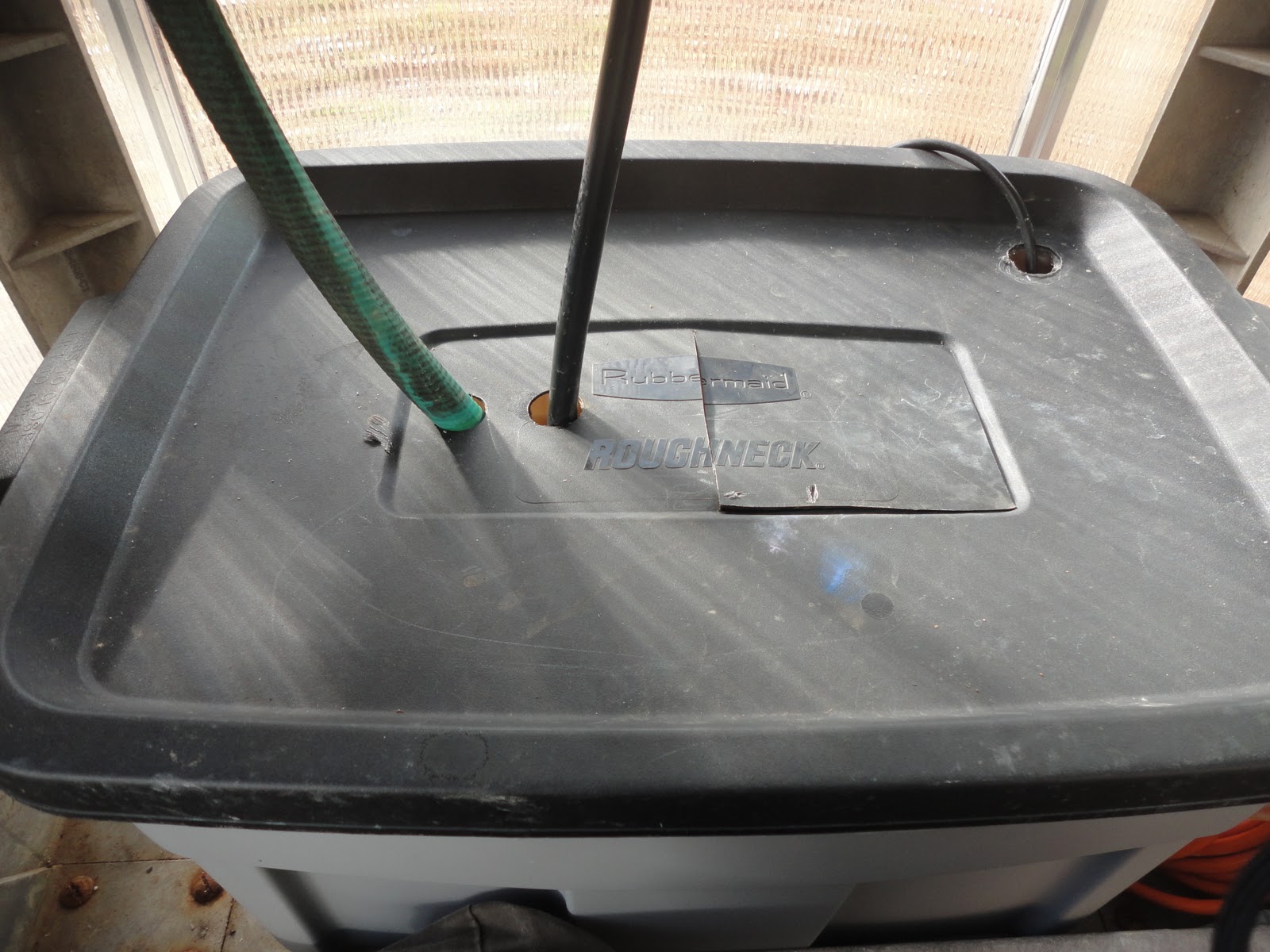
Cut access points in reservoir top for fill and drain tubing as well as power cord for pump. A small door cut in the lid allows for quick access. Attach fill tubing to pump and fill fitting. Drain tubing will attach to drain fitting and return nutrient solution to reservoir.
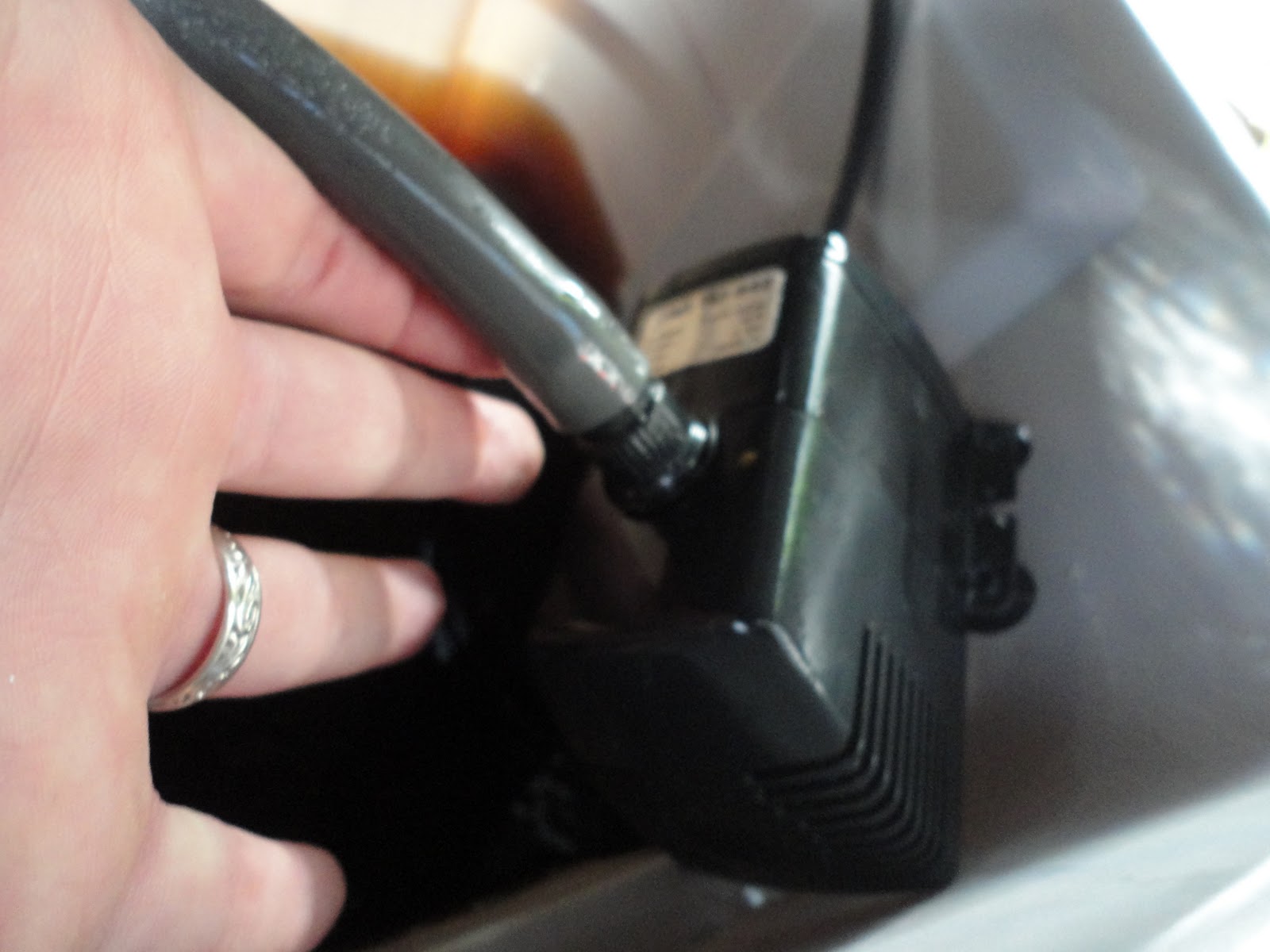
Fill the reservoir about 1/2-2/3rds full of nutrient solution. Set pump on timer according to the requirements of the plants and climate conditions. You can use a variety of grow media and fabric pot sizes with this system. One huge advantage to this system is it is all on wheels. Moving the entire system is effortless.
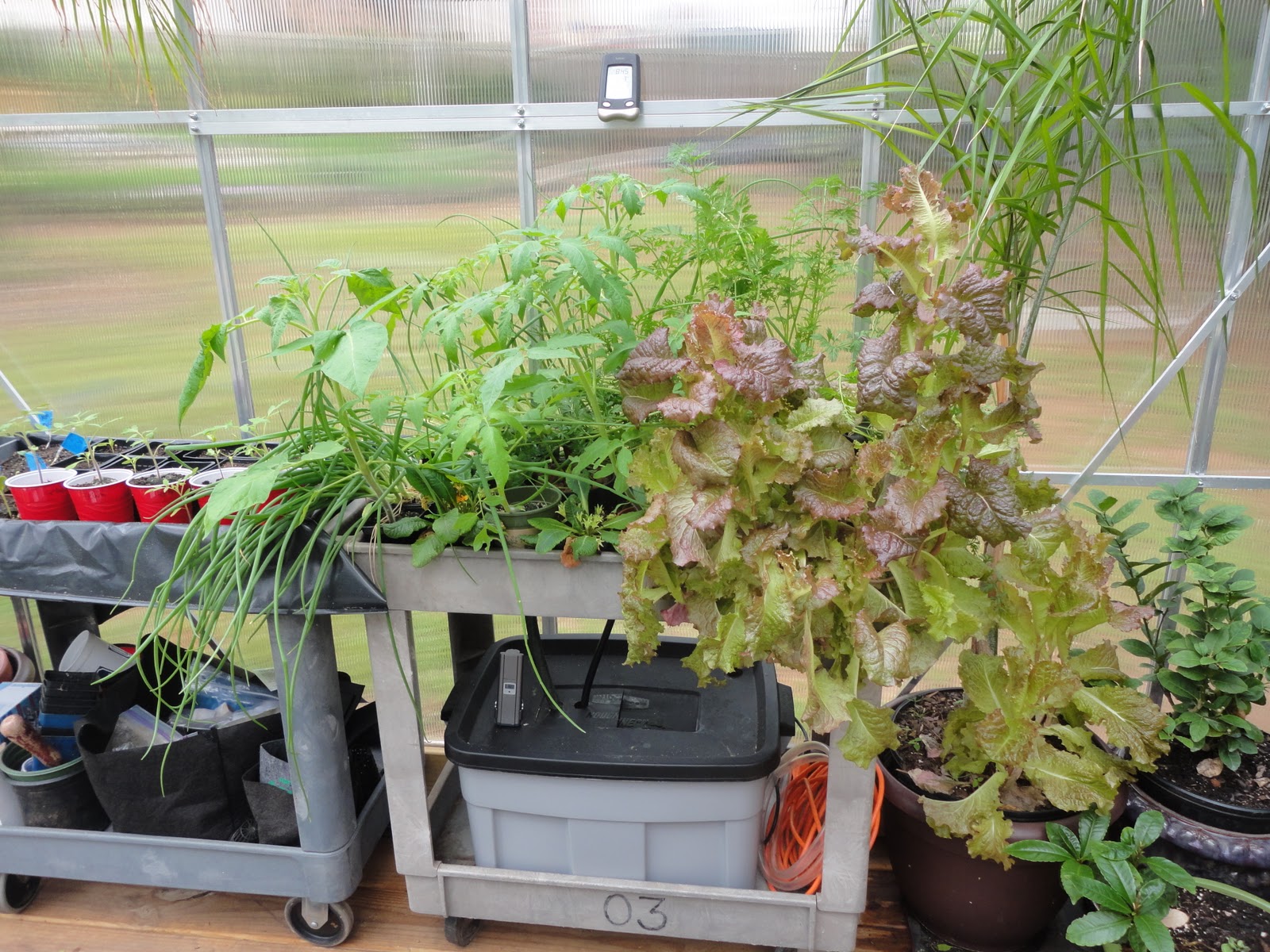

Materials:
Rubbermaid style table (cart w/wheels) approximately 2ft x 3ft, 4 inches deep (used $50)
Rubbermaid style tote with lid $10
Small submersible pump $12
Flood and drain fittings $10
Fabric aeration pots $10

You can Grow a variety of plants using this method.


Flood and drain fittings consist of:
2 1/2" fill and drain fitting
1 1/2" extension fitting
2 1/2" screen fitting
2 1/2" fitting washer
4 zip ties
12 feet of black 1/2" tubing

Center the 1/2 inch fill fitting with screen, drill and install with washer. Add the 1/2 inch drain fitting (off center) with washer,extension fitting and screen fitting. We added a grid (made from trimmed flats) to the surface of the table to catch any sediment and slightly raise the fabric pots.


Cut access points in reservoir top for fill and drain tubing as well as power cord for pump. A small door cut in the lid allows for quick access. Attach fill tubing to pump and fill fitting. Drain tubing will attach to drain fitting and return nutrient solution to reservoir.

Fill the reservoir about 1/2-2/3rds full of nutrient solution. Set pump on timer according to the requirements of the plants and climate conditions. You can use a variety of grow media and fabric pot sizes with this system. One huge advantage to this system is it is all on wheels. Moving the entire system is effortless.



